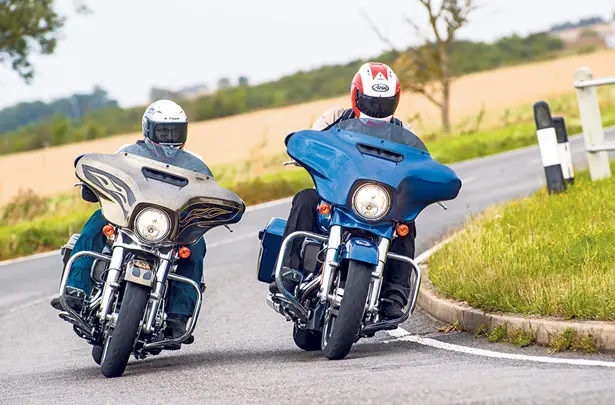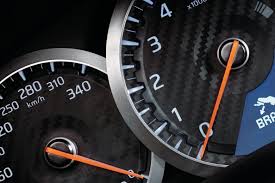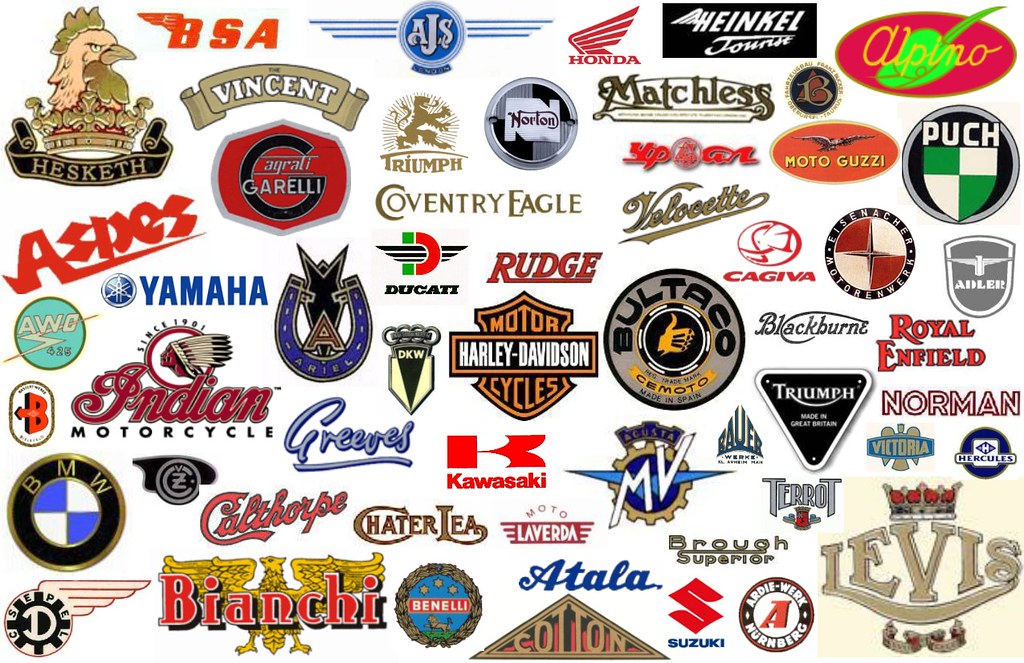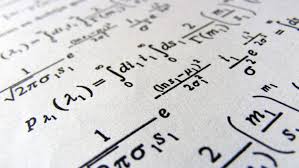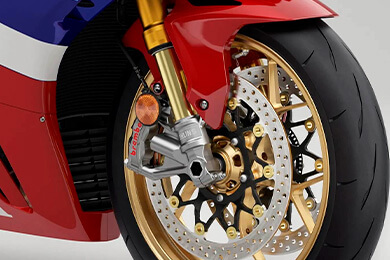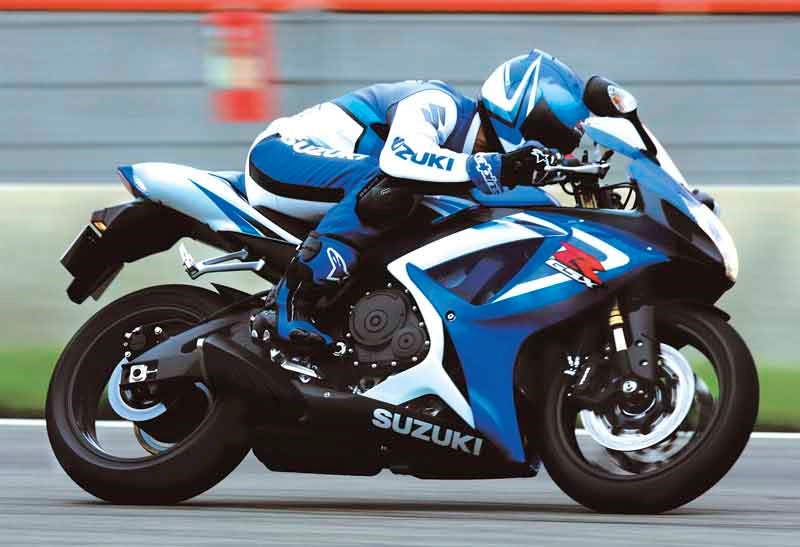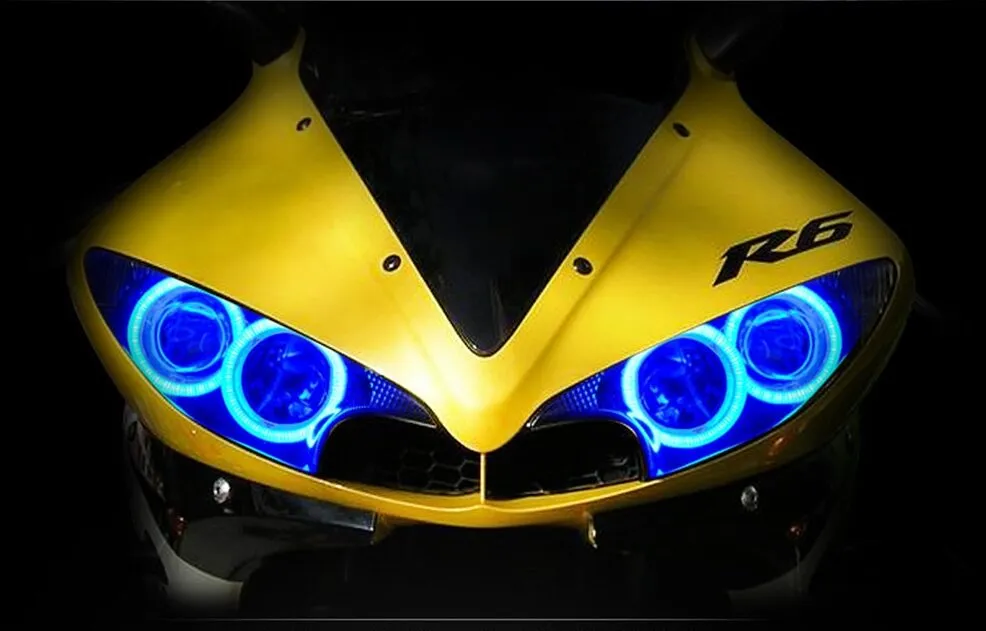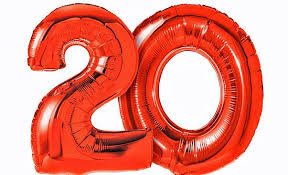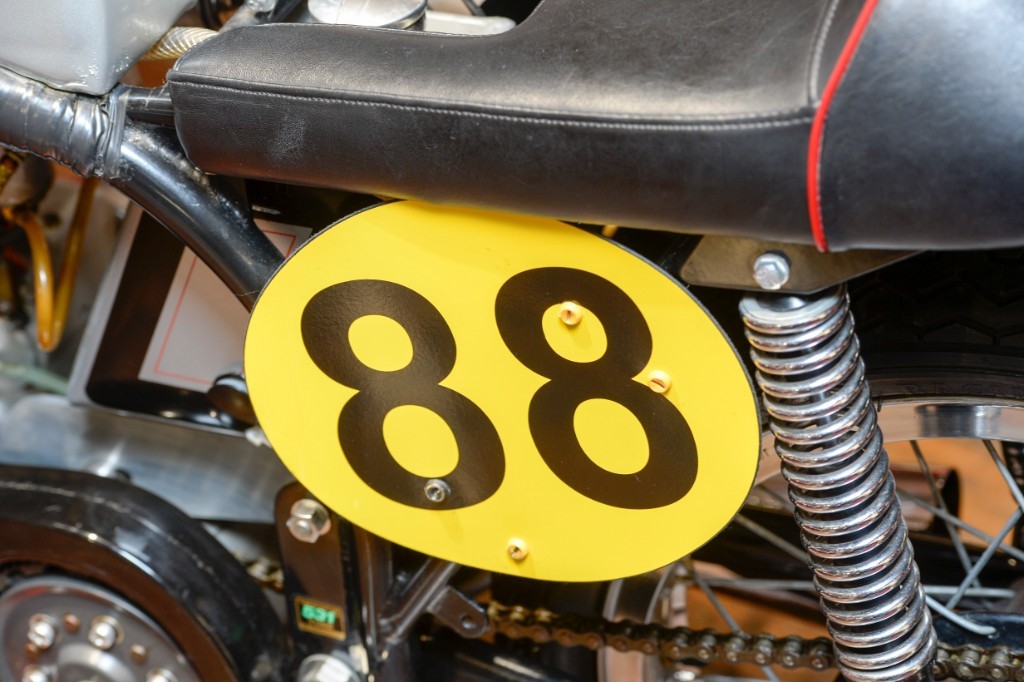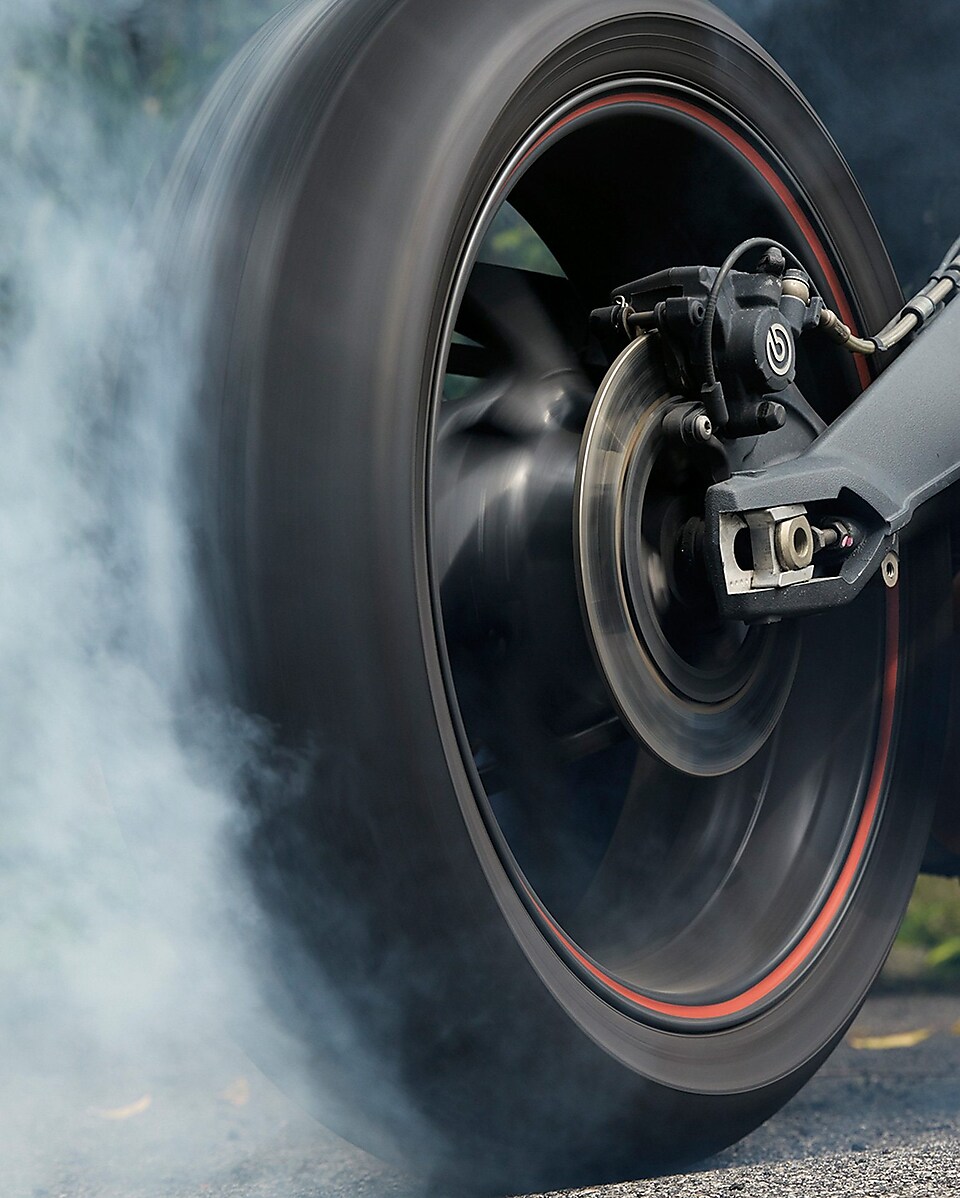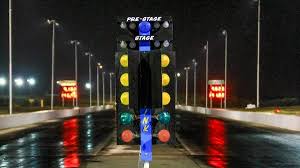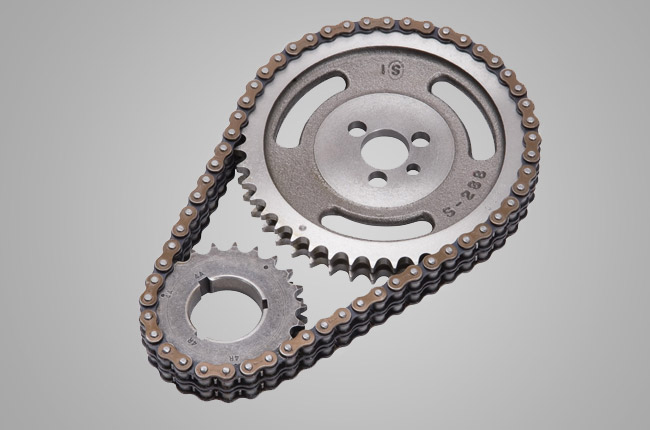
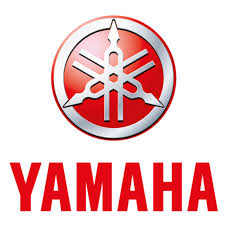

This edition of the Yamaha XVS 250 V-Star is the 5 speed | Manual version and was first brought out in 2020. This was at around the same time as the introduction of the 2020 Yamaha XSR 700 Twin and the 2020 Kawasaki KLX 230 Single Cylinder.This particular Yamaha XVS 250 has a 249cc Air cooled, Two stroke, Horizontal In-Line Petrol powerplant with 2 cylinders and Carburettor.
![Suzuki GV 700 GL Madura - [1984] image Suzuki GV 700 GL Madura - [1984] image](/editionimages/b/default.jpg)
An alternative Horizontal In-Line engine, Cruiser style motorbike includes the Suzuki GV 700 GL Madura - [1984]
The 2020 XVS 250 shares its Horizontal In-Line engine and Cruiser style configuration with the likes of the 1984 Suzuki GV 700 GL Madura and the 1984 Honda CB 750 SC Nighthawk S. Alternatively, if you're looking for other bikes which share the XVS 250's Cruiser style with a similar size of engine then how about the 1991 Kawasaki EL 250 Eliminator - ZL 250 LX | 1991cc.1991 Kawasaki EL 250 Eliminator | 1991cc.
Weighing in at 147 kgs (324 lbs) this makes the Yamaha XVS 250 V-Star in the same weight category as the 2025 Honda MSX 125 Grom or the 2024 Suzuki GSX-R 125 EFI, give or take 50kg.
In terms of power the 249cc 4 valve Horizontal In-Line 2 cylinder engine produces 21 bhp (15 kW) @ 8000 rpm similar to the 2025 Honda MSX 125 Grom [9.6 bhp (7 kW) @ 7250 rpm] or the 2025 Yamaha WR 250 F [36.1 bhp (26 kW) @ 12000 rpm].
The SOHC Two stroke unit throws out torque of 15.1 lb-ft (20.6 Nm) @ 6000 rpm placing it alongside motorbikes of similar performance figures such as the 2025 Honda MSX 125 Grom [7.6 lb-ft (10.4 Nm) @ 5500 rpm] and the 2024 Suzuki GSX-R 125 EFI [8.4 lb-ft (11.4 Nm) @ 8000 rpm].
If one combines the weight with power or torque performance for the Yamaha XVS 250 you can get a better idea of it's real world performance.
![Kawasaki VN 900 Vulcan Classic LT - [2014] image Kawasaki VN 900 Vulcan Classic LT - [2014] image](/editionimages/b/default.jpg)
The 2014 Kawasaki VN 900 Vulcan Classic LT has similar Bhp Per Ton stats as the 2020 Yamaha XVS 250 V-Star.
The 2020 Yamaha XVS 250 V-Star has a Power to weight ratio of 142.8 bhp per ton and 103.4 lb-ft per ton. Bhp Per Ton figures of the 2020 XVS 250 competing with the 2014 Kawasaki VN 900 Vulcan Classic LT [167.7 bhp\ton] and the 2018 Kawasaki VN 900 Vulcan Classic LT [167.7 bhp\ton].
If you agree with the late great Carroll Shelby, then arguably an even better indicator of potential performance is Torque. Factor weight into the equation and you end up with - Torque per ton, with the Yamaha XVS 250 generating around 103.4 lb-ft per ton. If you're curious as to what other motorbikes have as much torque to weight then look no further than the 2023 Yamaha YZF-R3 DOHC [128.4 lb-ft per ton] and the 1983 Honda NV 400 SP [128.4 lb-ft per ton].
With a 0-60mph time of 25.9 secs or a 0-100km/h (0-62mph) of 26.5 secs, this makes the Yamaha XVS 250 V-Star similar in acceleration to the 2020 Yamaha V-Star 250 SOHC (25.9 secs) and the 2018 Yamaha XVS 250 V-Star (25.9 secs). This Yamaha XVS 250 V-Star also competes in terms of 0-60 mph and 0-100km/h with the 2018 Honda CB 250 R Neo Sports Cafe (0.0 secs) and the 2020 Norton Superlight SS (0.4 secs).
![Suzuki AN 650 Burgman Executive - [2018] image Suzuki AN 650 Burgman Executive - [2018] image](/editionimages/b/default.jpg)
Quarter Mile time is a close race between the 2020 Yamaha XVS 250 V-Star and the 2018 Suzuki AN 650 Burgman Executive
When talking about the performance of the 2020 Yamaha XVS 250 V-Star on the drag strip it can reach a quarter mile in an estimated 15.5 secs @ 0 mph. Bikes with a similar performance down the quarter mile can be found in the 2018 Suzuki AN 650 Burgman Executive (15.5 secs) and the 2006 Suzuki AN 650 Burgman (15.5 secs).
The 2020 version of the Yamaha XVS 250 V-Star has a maximum speed of 80mph.
If maxing out your bike on the AutoBahn is your thing and you're wondering what's faster at the top end than the 2020 Yamaha XVS 250 V-Star then how about a 2020 Honda CBR 300 R (91 mph) and the 2018 Honda CBR 300 R (91 mph).





